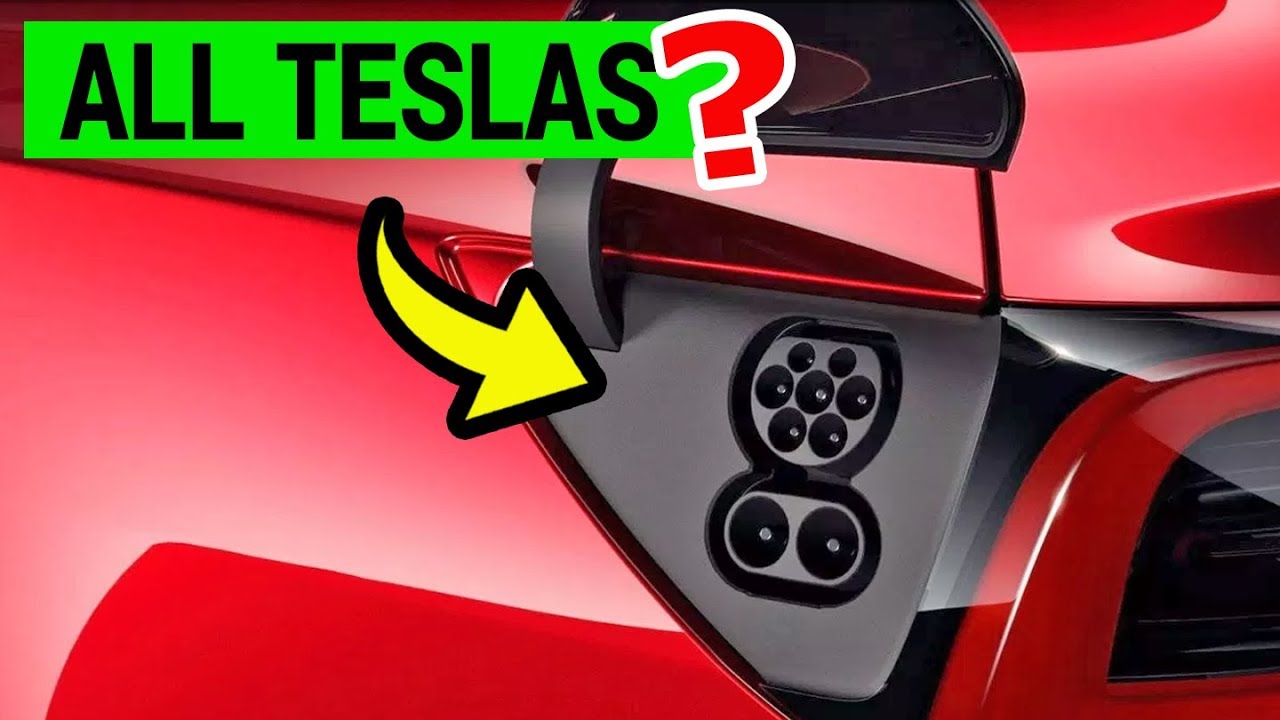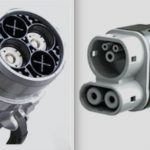Charging Tesla Model 3
Tesla Model 3 is the company’s popular compact saloon, sitting below the Model S in the line-up, but still promising long driving ranges. With prices competing against the established executive saloon competition of Audi, BMW, Jaguar, Lexus, and Mercedes Benz, the Model 3 looks set to prove a huge seller in the UK. How to do Charging Tesla Model 3?
(E-mail us at info@bestplusgroup.com to Get a Quote)
Available with a choice of ranges, the Model 3 will cover between 250 and 350 miles on a single charge, depending on model. The Model 3 qualifies for OLEV’s Category 1 Plug-in Car Grant, which takes £3,000 off the cost of a new model, but only for those models that cost less than the £50,000 threshold. Buyers are likely to be able to get £350 off a new home EV charge point as part of the EVHS.
How to charge a Tesla Model 3
The Tesla Model 3 range uses the CCS charging standard, which consists of a combined AC and DC inlet port. The top portion of the inlet is for the Type 2 connector, which is used when charging at home, or at public slow and fast AC points. Both the upper and lower sections on the inlet are used to carry high power during rapid DC charging.
In this case, the inlet is a Tesla-specific CCS, which means it can use the Supercharger and Destination charger networks. When using Superchargers, drivers will need to use tethered CCS adaptor, rather than the Type 2 connector from the unit. The Model 3 will be able to charge from Tesla Destination units in the same way as Model S and Model X drivers.
The Tesla Model 3’s CCS charging inlet is found on the rear near-side flank, built into the leading section of the rear light cluster. The Model 3 is able to be slow, fast and rapid charged from public points, depending on the network and type of charge unit. In most cases, slow charging requires a 3-pin-to-Type 2 cable, and fast charging a Type 2-to-Type 2 cable, one of which is usually supplied with the vehicle. For rapid charging, the vehicle uses a tethered CCS connector which is part of the charging unit.
(E-mail us at info@bestplusgroup.com to Get a Quote)
Charging on AC or DC requires the EV driver to plug the connectors into the correct inlet, after which the car then ‘talks’ to the charging unit to make sure there is a power supply, that there are no faults, and that it is safe to start charging. If charging at private home or workplace charge point, the vehicle then automatically starts charging.
On a public charger, an activation process is required to initiate charging. Depending on the network provider, this may require the use of an RFID card or smartphone app, often linked to an account which has been set up beforehand. Contactless pay-as-you-go units are also becoming more common on newer units. Once activated, the units will conduct further connection and account checks before starting to charge the vehicle.
(E-mail us at info@bestplusgroup.com to Get a Quote)
Unique
We can do what you can not do
Knowledge
We know about your product
Efficiency
We work fast and efficiently
Easy Communication
You can contact us at any time 24/24 – 365/365
Professional
A job well done is the most important thing for us
Website: www.bestplusgroup.com
Email: info@bestplusgroup.com

 Previous Post
Previous Post Next Post
Next Post

